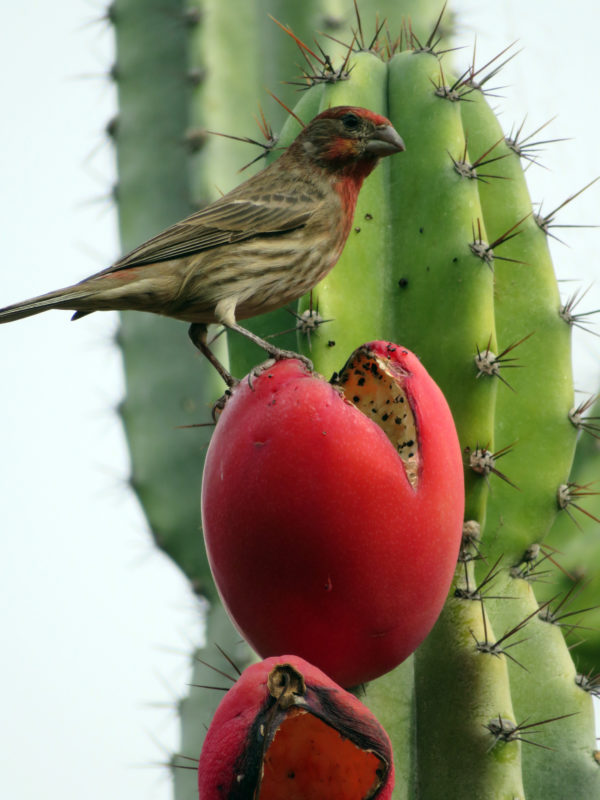
It’s been a long week and I am tired, back home. Not many of my own words, then, today, other than that I saw grey whales, dolphins, lizards, bees, butterflies, and, of course birds. I know, I know, it’s supposed to be a cultural blog, but today some more bird photographs have to suffice. Finches, goldfinches, and hummingbirds all from this trip – facts about humming birds borrowed from the Audubon society.

Hummingbird Abilities
· Flight: Hummingbirds are the only birds that can fly both forward and backwards. They can also hover in mid-air, fly sideways and even upside-down.
· Wings: A hummingbird’s wings beat about 70 times per second (200 times per second when diving!)
· Feeding: Hummingbirds are big eaters, eating over twice their weight every day! Their diet consists of both nectar and flying insects.
· Migration: Some hummingbirds migrate great distances from their summer to winter homes and back. The Rufous Hummingbird flies 3000 miles from Alaska to Mexico twice a year!
· Senses: Hummingbirds can hear and see better than humans. They can see ultraviolet light. Hummingbirds have little to no sense of smell

Hummingbird Bodies
· Size: Hummingbirds are the tiniest birds in the world. They average 8.5cm long and can weigh between the weight of 1 and 8 pennies (2 and 20 grams. A penny weighs 2.5 grams.)
· Tongue: A hummingbird’s tongue is grooved like the shape of a “W” and they have tiny hairs on the tip of the tongue to help lap up nectar.
· Heart: A hummingbird’s heart is 5 times bigger than a human’s in proportion to its body (2.5% vs .5%)
· Breath: A hummingbird breathes 20 times faster than a human! (250 vs 12 breaths/minute)
· Temperature: The hummingbird’s body temperature is 8 degrees higher than a human’s (107 vs 98.6 degrees)

Hummingbird Feathers
· Males: Female hummingbirds are attracted to the iridescent feathers on the males, and it’s the females who pick their mates.
· Females: Also, all female birds tend to be drab for camouflage. If you are sitting on a nest full of eggs, and something might come along and eat you, do you want to be bright red or do you want to blend into the trees?
· Number: The average size hummingbird has 940 feathers.
· Color: On most hummingbirds, the coloring of the feathers does not come from pigmentation, but instead from prism-like cells within the top layer of feathers. The colors you see depend on the angle of the light when it hits the feathers. When hummingbird feathers reflect light, which make the gorget (throat patch) look like it’s glittering from certain angles, but at other angles will make the feathers look dull.











Carl Wolfsohn
Just saw a documentary about John James Audubon at Hollywood Theatre. What he drew and taught us about birds in he early 1800s was amazing, as was his early advocacy for conservation.
F.X.Rosica
Great photos Fri, especially the hummers!